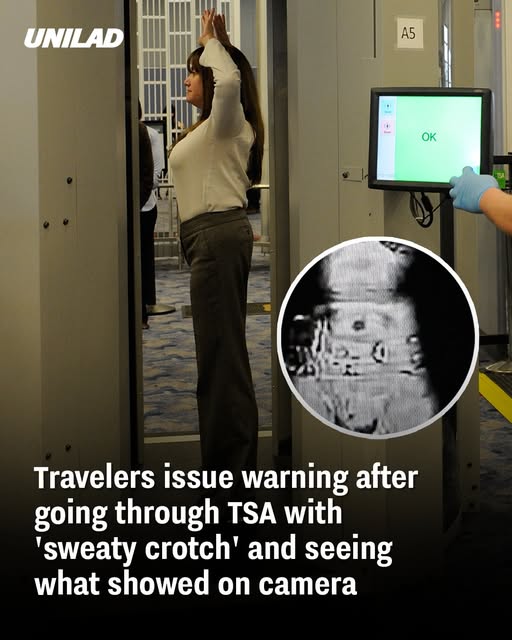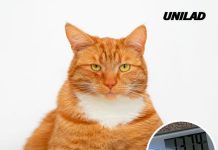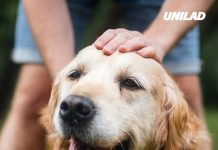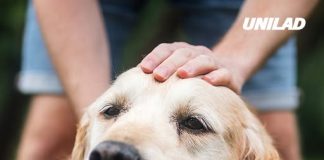When traveling through airport security, most passengers expect a quick identity check and a scan—perhaps a pat-down, but certainly nothing too invasive. However, one Reddit user’s experience highlighted how even natural bodily responses, like sweating, can attract uncomfortable scrutiny. During a routine passage through a U.S. Transportation Security Administration (TSA) checkpoint, this traveler was singled out due to visible moisture in the groin area. According to their account, TSA officers insisted on examining his “sweaty crotch,” leading to a moment of embarrassment.
Sweaty but Suspicious
As the Redditor shared, after walking through the metal detector, a TSA officer noticed the sweat and asked him to step aside. What followed was not a simple pat-down. Instead, the traveler says officers performed a closely focused search on his groin area—an inspection he felt bordered on humiliating. This experience stirred discussions online about the protocols TSA employs when they perceive something unusual—even when the anomaly turns out to be merely sweat .
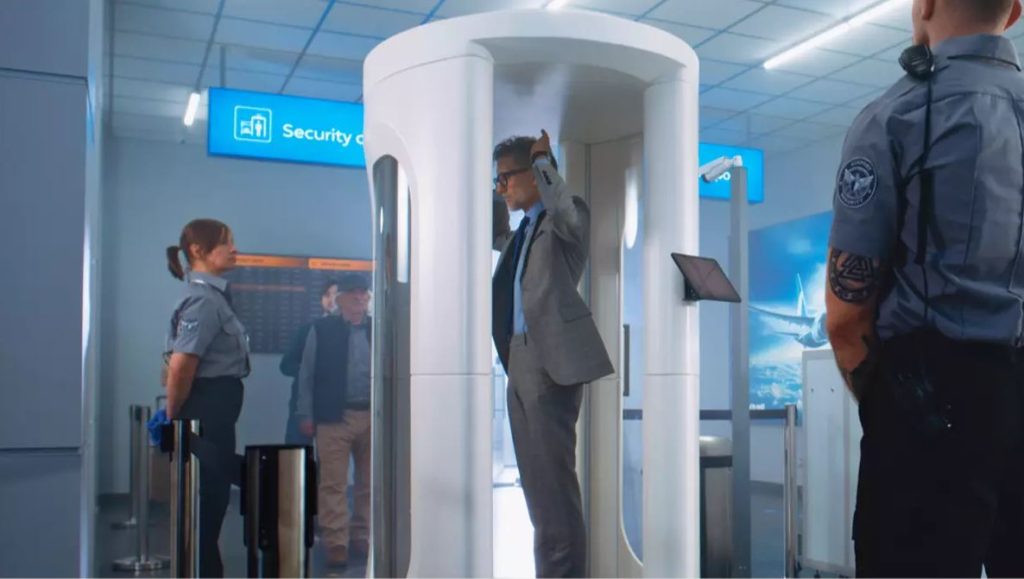
TSA’s Vigilance and Travelers’ Anxiety
This incident underscores the TSA’s emphasis on safety—even when interpreting natural bodily responses as potential signals. Though readers often hope for swift and respectful screening, TSA officers are trained to err on the side of caution. Physical signs like perspiration or heat detection may trigger secondary screening, including pat-downs. Whether this comes from full-body scanners detecting unusual readings or an officer’s own observation, travelers might find themselves pulled aside during what is usually a low-stress process .
Body Scanners and Heat Signatures
Full-body scanners used in many U.S. airports detect not only metallic objects but also variations in body heat or unexpected bulges. According to reports, excessive sweating, especially in areas like the groin or underarms, can trigger false positives. It’s why something as natural as perspiration may prompt a TSA officer to request further inspection.
What Travelers Can Do
While it’s impossible—and unhealthy—to aim for zero perspiration, travelers can take steps to reduce the likelihood of intrusive screening:
- Stay cool: Dress in breathable fabrics and avoid heavy or dark clothing that traps heat.
- Time your arrival: Avoid rushing if possible—stress and heavy exercise before a flight can trigger sweat.
- Wear minimal layers: Bulky outfits may not only raise heat concerns, but also confusion over hidden items
- Cooperate calmly: If called for secondary screening, staying calm and respectful can help the process move quicker and more smoothly.
Is This Normal?
Yes—though uncomfortable, this type of screening can occur. The TSA’s protocols allow for additional checks when anomalies are detected—whether from scanners or visual cues. While some travelers view this as security overreach—or a form of “security theater”—the TSA maintains that such measures are precautionary and necessary
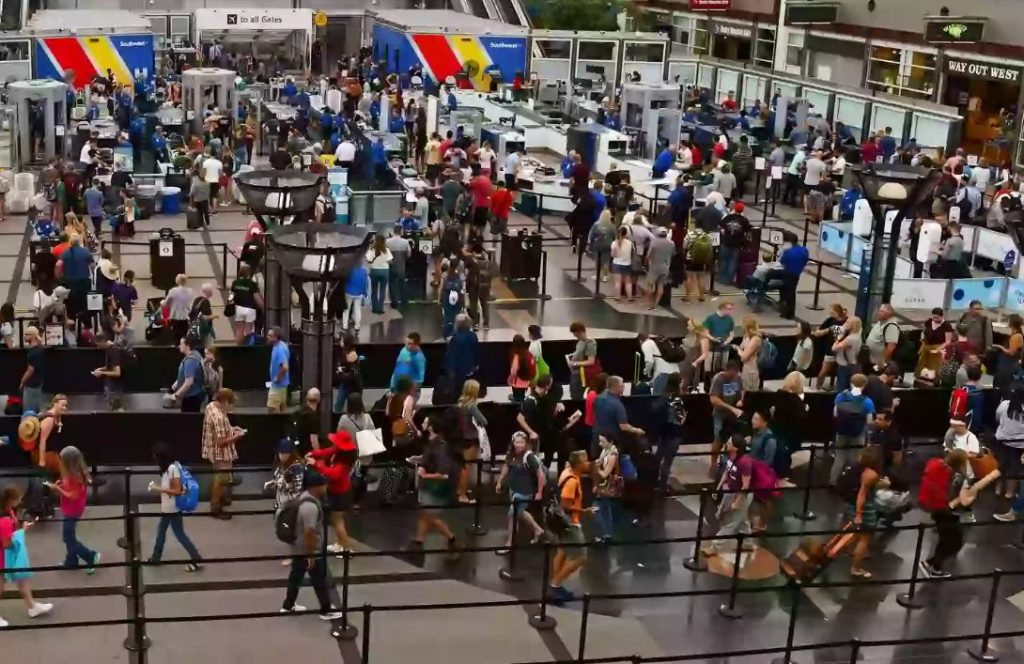
Final Thoughts
No one goes to the airport expecting their natural perspiration to generate suspicion. But as this Redditor’s experience highlights, anything at all that deviates from the norm on a scanner or catches an officer’s eye may result in extra scrutiny. While this can feel invasive and embarrassing, it serves as a reminder: the TSA is prepared to interpret any anomaly—including sweat—as potential risk. Knowing this, travelers can better prepare: dress strategically, stay cool, and go into the process understanding the “why” behind the “what.” With awareness and preparation, you can minimize awkward encounters—even when nature does its thing.

